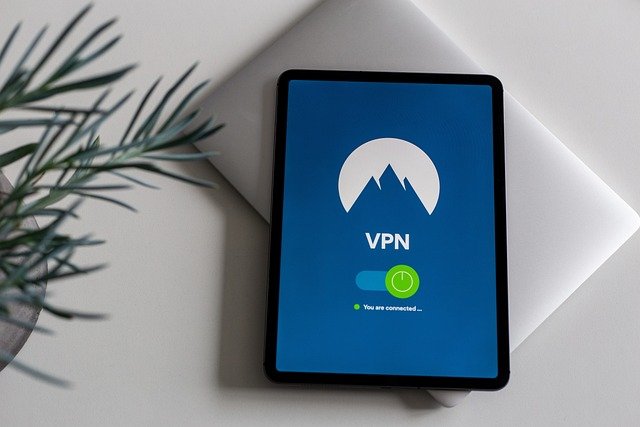"A Software Tsunami: How No-Code Platforms Are Disrupting the Tech Landscape"
Remember when coding was an exclusive skill, reserved for tech-savvy experts and computer science graduates? Those days are fading into a binary sunset as no-code platforms rise, promising a future where anyone can develop software without a single line of code. This 'software tsunami' is transforming the tech landscape, and it's about time we dove in to understand how.

A Byte of History: The Inception of No-Code Platforms
The idea of no-code isn’t new. Many of us remember the early days of the internet when static HTML pages were the norm and Netscape Navigator was the go-to web browser. During that time, Microsoft FrontPage emerged as one of the first tools that allowed non-technical users to create web pages without coding. However, it was limited in functionality and far from the sophisticated no-code platforms we see today.
The groundwork for modern no-code platforms was laid by the advent of visual programming interfaces. These interfaces allowed developers to create software using graphical elements instead of text-based code. This paved the way for the rise of no-code platforms, which have taken this concept and extended it to a broader audience.
The No-Code Wave: Current State of the Platform
Fast forward to the present day, and we are witnessing a no-code revolution. Platforms like Wix and Squarespace have democratized web design, while Bubble and Adalo have made app development accessible to all. This empowerment of non-technical users is disrupting the traditional tech industry, where coding skills were once a prerequisite for software development.
Platforms like OutSystems and Mendix are allowing businesses to rapidly develop enterprise applications by bypassing traditional coding. This is not only saving time and resources but also enabling organizations to respond more quickly to market changes.
The Financial Impact: Estimating the Market
The no-code market is predicted to hit a staggering $21.2 billion by 2022, according to a report by Forrester Research. This massive growth is fueled by an increasing demand for digital solutions and a shortage of skilled developers. Businesses are turning to no-code platforms as a cost-effective and efficient solution to bridge this gap.
The Future Wave: Predicting the Impact
While no-code platforms are undoubtedly disrupting the tech industry, they won’t eliminate the need for traditional programming. Complex applications will still require the flexibility and control that only coding can provide. However, the rise of no-code platforms will certainly change the role of developers. They will need to shift from being pure coders to becoming problem solvers, who can leverage a mix of coding and no-code platforms to deliver solutions.
In a nutshell, the no-code revolution is here, and it’s changing the way we think about software development. It’s not a question of coding vs. no-code, but rather how these two approaches can work together to create a more inclusive and efficient tech industry.




